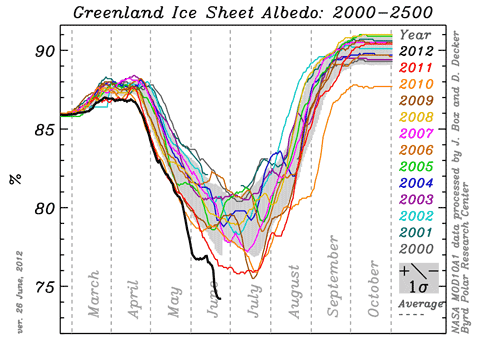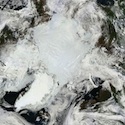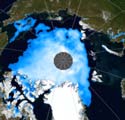 Bad news from the Arctic is piling up as we head into the last few weeks of the melting season. The various measures of sea ice area, volume and extent are plummeting towards a new record minimum. I have therefore reviewed the history of Arctic sea ice melting seasons since 2007, and compiled my own forecast of how the rest of the year is going to pan out. Remember, you read it here first…
Bad news from the Arctic is piling up as we head into the last few weeks of the melting season. The various measures of sea ice area, volume and extent are plummeting towards a new record minimum. I have therefore reviewed the history of Arctic sea ice melting seasons since 2007, and compiled my own forecast of how the rest of the year is going to pan out. Remember, you read it here first…
When Arctic sea ice area sets a new record low in the next couple of weeks, the usual suspects ((Being Watts, Goddard, Bastardi, Jo Nova, Delingpole, the GWPF, Morano and their NZ poodle, Richard Treadgold.)) will say: “You can’t trust area, sea ice extent is the only valid metric“.
When Arctic sea ice extent sets a new record low in September, the following arguments will be run in parallel:
- There will be a frantic search for a definition of extent in which a new record was not set
- There will be a complaint that the satellite record has been blighted by the failure of a sensor and the calibrations needed to get a new sensor in operation have corrupted the record ((With added bonus insinuations of fixing and fraud by “warmist” scientists.))
- It will be claimed that it was all caused by the major Arctic storm that hit in August, and thus can’t be attributed to global warming ((In 2007, the record low was all down to winds, remember?))
- It’s cyclical — it’s all happened before, in the 1930s ((Or pick a date (any date), based on an old press clipping reporting anecdotal evidence of ice loss.)), and is therefore nothing unusual
- That it’s irrelevant, because it’s not global and not happening where anyone lives so can’t possibly matter.
When the sea ice extent and area anomalies blow out to record levels in early October because of the delayed freeze-up, there will be silence.
When the re-freeze starts, and the Arctic basin is covered in ice once more (early December), Anthony Watts will report on the record rate of ice formation, calling it a “stunning recovery“.
When a cold spell hits the Eastern US and/or Western Europe in December/January, caused by a major Arctic Oscillation excursion and the resulting big slow-moving loops in the polar jetstream ((A result of massive heat loss from the Arctic Ocean during the refreeze, see the work of Jennifer Francis, reported earlier.)), the usual suspects will cackle loudly that global warming has suffered another mortal blow from which it will never recover.
Long range forecast for the next five years, until the Arctic Ocean is ice free in summer? Rinse and repeat.

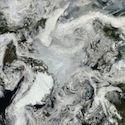
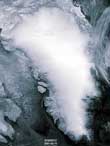 Jason Box
Jason Box 